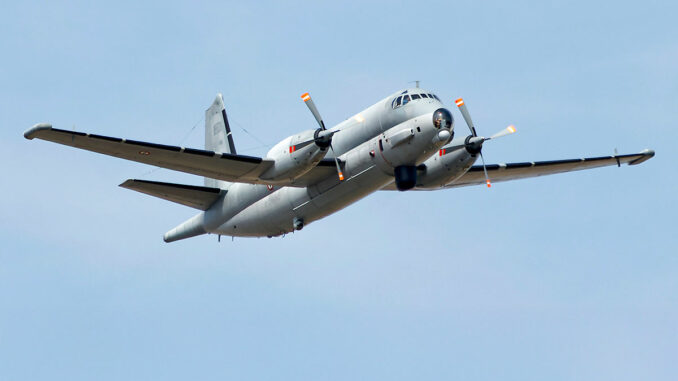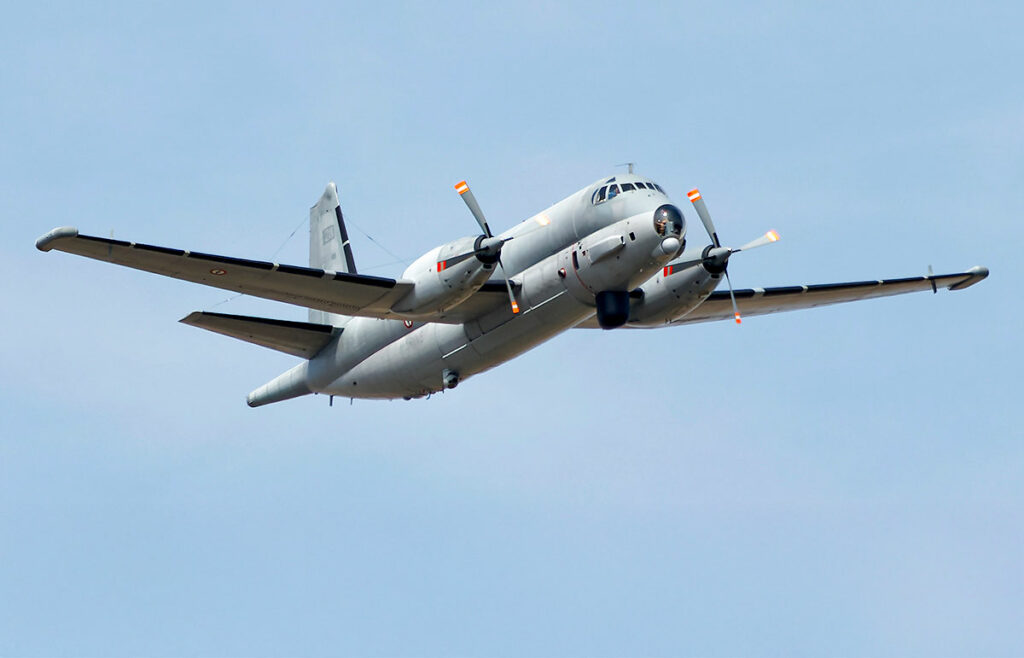
A French Atlantique 2 aircraft was illuminated by the fire radar of a Russian S-400 over the Baltic Sea. Analysis of the military and strategic stakes.
A military incident took place over the Baltic Sea when the French Navy’s Atlantique 2 maritime patrol aircraft was illuminated by an S-400 fire radar, a Russian long-range air defense system. The incident occurred in international airspace during a NATO mission. This act, described as aggressive by the French authorities, takes place against a backdrop of heightened tensions between NATO and Russia in this strategic region. The issues at stake include the surveillance of critical underwater infrastructures and the gathering of electromagnetic intelligence.
The strategic context of the Baltic Sea
The Baltic Sea is a highly sensitive area. It borders nine countries, including six NATO members, and is home to the Russian enclave of Kaliningrad, a strategic military location for Russia. The enclave is home to the Russian Baltic Fleet, strategic air bases and missile systems such as the Iskander and the controversial 9M729. The S-400 defense system, with a range of over 200 km, controls a large part of this air and sea space.
Since the war in Ukraine, tension in this region has intensified, marked by acts of underwater sabotage and increased military activity. Last December, submarine cables between Estonia and Finland were damaged, revealing a critical vulnerability in the infrastructure. NATO patrols aim to counter these hybrid threats.
The incident: radar lock on an Atlantic 2
On January 17, 2025, a French Atlantique 2 aircraft on a NATO mission was targeted by a Russian S-400 fire radar. According to Armed Forces Minister Sébastien Lecornu, the incident constitutes clear intimidation. The Atlantique 2 was flying in international airspace, a zone normally secured for surveillance operations.
The fire radar is a critical component of the S-400 system. By locking on to a target, it signals a potential intention to use weapons. This type of illumination is considered a provocation, as it increases the risk of human error and escalation. Similar systems are capable of tracking aircraft at distances in excess of 380 km, according to official specifications.
In addition, reports mention electronic interference, such as GPS jamming, which are common tactics in electronic warfare. These acts compromise navigation and increase the risks to crews.

Atlantic 2: an asset for NATO
The Atlantic 2, which entered service in the 1980s, remains a versatile platform. With a range of 8,000 km and an autonomy of 14 hours, it is ideal for extended missions. Its sensors include :
- Thales Searchmaster AESA radar for maritime and land target detection.
- An infrared camera (FLIR) and an MX-20 turret equipped with electro-optical sensors.
- A magnetic anomaly detector (MAD) to locate submarines.
- Electronic Support Measures (ESM) pods capable of intercepting radio communications.
With its electronic surveillance equipment, the Atlantique 2 collects critical data, particularly on the S-400. Radar emissions and operator communications can be analyzed to understand enemy capabilities.
Strategic consequences
Radar illumination by an S-400 reflects rising tensions in the Baltic. This incident highlights several issues:
- Escalation of NATO-Russia tensions: These aggressive interactions are likely to lead to misunderstandings. The proximity of armed forces in this area increases the risk of serious incidents.
- Vulnerability of critical infrastructures: The Baltic is home to vital pipelines, submarine cables and shipping lanes. Protecting these infrastructures remains a priority for NATO.
- Increased role of electronic warfare: Russia’s ability to jam or exploit electronic systems poses a threat to military and civilian operations.
Long-term prospects
NATO’s increased military presence in the Baltic could evolve into continuous surveillance, including drones and satellites. The development of advanced detection technologies, such as underwater sensors, may be required to monitor critical infrastructures.
For France, this incident could justify accelerating the Atlantic 2 modernization program. Improved electronic capabilities and cooperation with allies remain essential to maintain a technological edge against adversaries such as Russia.
War Wings Daily is an independant magazine.